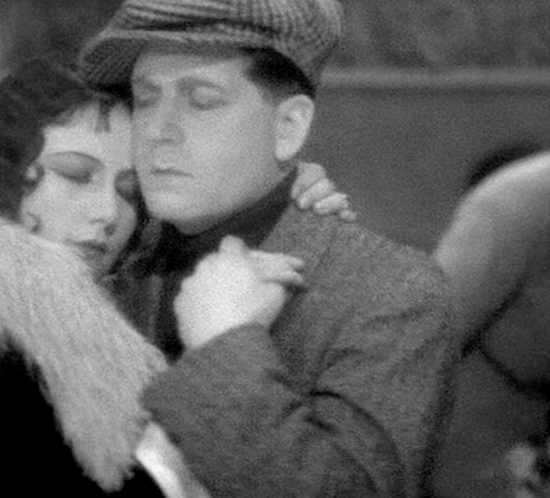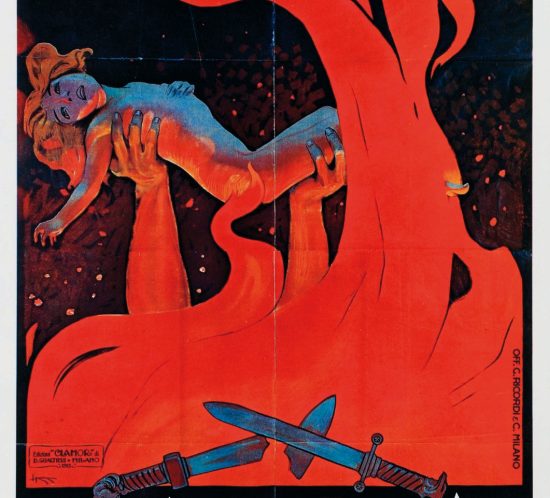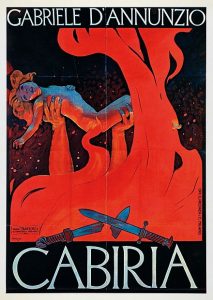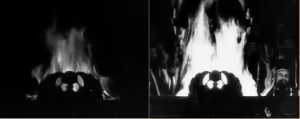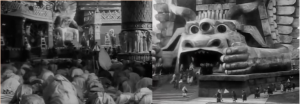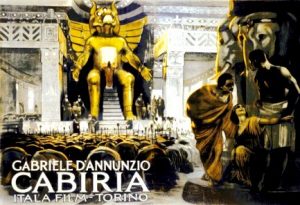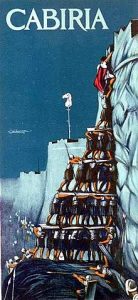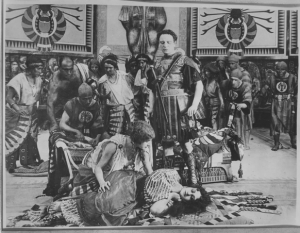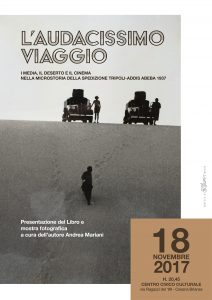Franziska Peschel on Sous Les Toits De Paris (1930)
Creation of more-dimensional characters through speech
A chanson sounds through the streets of Paris, charms the people in the streets and in their houses. The charming young man Albert seduces his audience and the spectator in front of the screen with his harmonic voice singing about love. His enthusiasm infects all the people around him. Smiling and gesticulating he invites his audience, the Parisian bourgeoisie, to sing with him. Albert is collecting coins for the notes when he takes notice of a young woman. Pola is going to trouble him during the following 88 minutes of the film.
The mysterious young woman Pola is courted by all the men in the film, since the moment she steps out of the crowd in the street. Albert takes the role of the charming hero trying to win her heart.

Creating multi-faceted personalities
But they don’t stay that stigmatized. The introduction of sound in the early cinema, only two years before the launch of Sous les toits de Paris, allowed the director to step back from these stereotypical protagonists and to create more-dimensional characters. The classical roles of the male hero and beautiful woman who is to be conquered are developed towards individual personalities through their speech.
The first time Pola gets to speak in the film, is a conversation in her room with Fred, Alberts competitor: “Who’s there? What do you want?”, she asks with a high and affected voice. She is rude and rejecting in every conversation. With a childish and stubborn voice, she refuses his invitation to dance saying, „I don’t want to dance” even though in the end she will go out with him. Her whole behaviour is artificial.
The scene when she argues with Albert in his room gives the spectator a hint on how to classify her character. Albert calls her “pretentious”. That image which had already come up in the conversation with Fred is the most characterizing feature of her personality. For the rest of the movie she remains the pretentious girl in the view of the spectator. But it is also a statement that characterizes Albert. The scene in his bedroom portrays him as an inpatient person, who is irascible and rude. A few other conversations strengthen this impression. When Pola stands in front of his door even though they have said good bye, he is furious. With an angry voice he replies, “Okay, so stay here. Make yourself at home.”

The absurdity of the milieu
The most characterizing impression on all the conversations, yet, is their absurdity – most visible, when Pola and Albert speak in the corridor of a house. They just ran away after a man tipped a pot with water on the singing crowd in the street. Pola accuses Albert saying “You were scared”, and he replies “Me? You’ll see!” before demonstrating his courage by descending in the street facing his opponents – but only after a discussion going “No”, “Yes”, “No”, “Yes”, “No”, “Yes”.
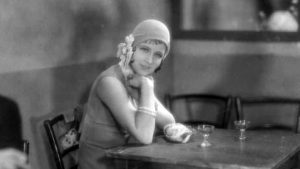
Through the speech the director exposes a certain absurdity of the social milieu the story takes place in. At the same time, the protagonists step away from the classical roles, becoming multi-faceted individuals, more vivid and more identifiable.


